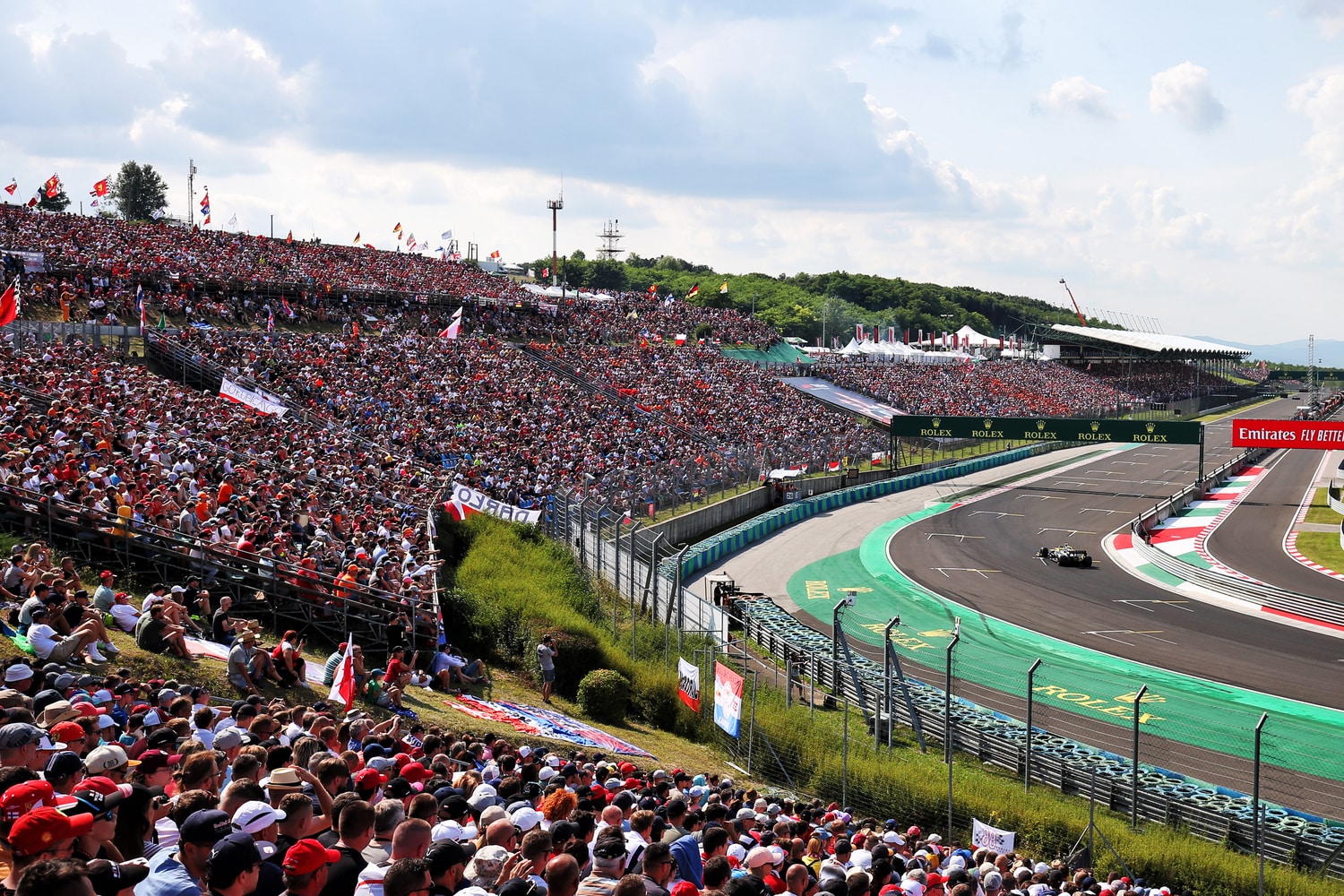
Chiu’s Changes to F1: Variety is the Spice of Life (Pt 2)
Formula One needs variety. Variety makes things less predictable and one way to do this is through the calendar, with a bigger variety of circuits.
Currently, many of the tracks are relatively similar to each other so you get the same result. The lack of competition at the front is a big part of this but a greater variety of tracks would help.
As would the format. For 70 years, F1 has had the same format with qualifying on the Saturday and a race on the Sunday of a Grand Prix weekend. The qualifying format has changed over the years with a single lap shootout, a straight one hour session, aggregate qualifying and now knockout qualifying all used in the last 20 years.
But, my main issue is that the same format is used throughout the whole season.
Most people will know that there is ALWAYS two 90-minute practice sessions on a Friday (Thursday in Monaco), a 60 minute practice session on Saturday, followed by elimination qualifying and then a 300KM race on Sunday (260KM in Monaco). Over 21 races, it does get stale.
Why not have different formats over the course of a season. Not for every single race but have 3-4 different formats that are used across the 22 Grand Prix weekends.
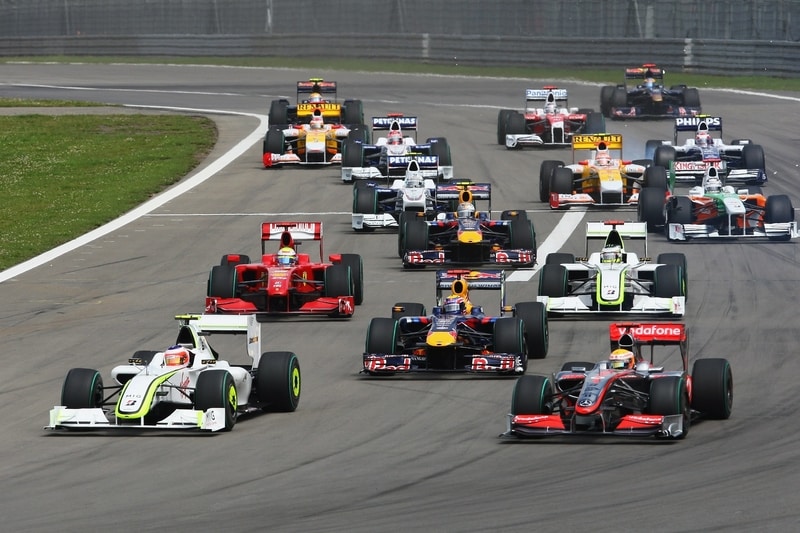
2020 Formula One Schedule
- Australia
- Bahrain
- Vietnam
- China
- Holland
- Spain
- Monaco
- Azerbaijan
- Canada
- France
- Austria
- Britain
- Hungary
- Belgium
- Italy
- Singapore
- Russia
- Japan
- USA
- Mexico
- Brazil
- Abu Dhabi
(Bold denotes Formula Two venues which support F1)
Above, you can see the 2020 F1 calendar.
At places such as China, Canada, Mexico and Brazil there is very little support race action. There are some local or national series on the support bill but even with them, there is plenty of room for F1 to try a radical format or something different to a ‘normal’ weekend.
There has already been some discussion last year about F1 having a two-day format to save costs. It could be a good idea, especially for back to back weekends.
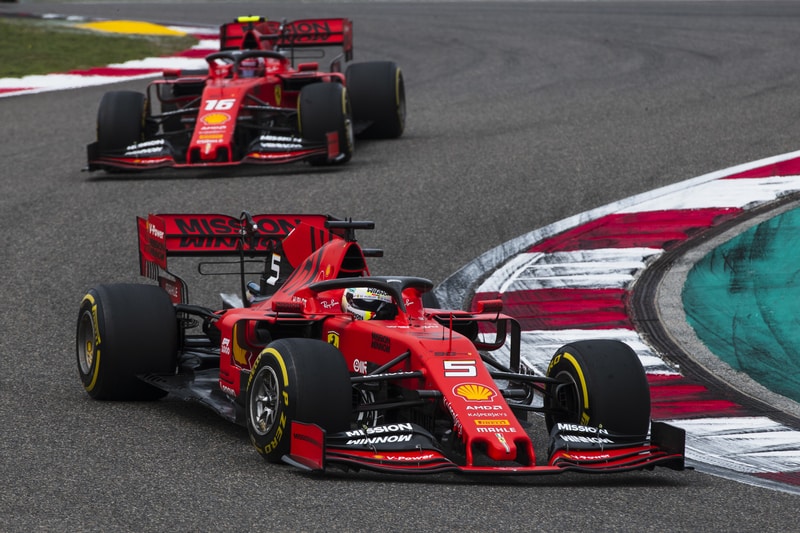
Races such as China, Spain, Russia and USA don’t bring a huge amount of fans on a Friday compared to Australia, Austria, Britain, Italy or Japan plus the drivers don’t need too much practice anyway (especially at the Circuit de Barcelona-Catalunya).
This will mean less time for experimenting with setups or to dial in the car which might create a different result on Sunday. Essentially, less practice means a better chance of a crazier Grand Prix.
Look at USA 2015 as the perfect example. FP2 was cancelled and FP1 and FP3 were ran in the wet. It created a standout race in what was a very dull season with Mercedes winning all but three Grand Prix.
But, don’t reduce practice everywhere because Friday is often the best day for the fans to go and watch the F1 cars. You see the cars for three hours on Friday at the moment whereas on race day it is only 90 minutes.
Friday is also the cheapest day and you can make your way around the track without missing any ‘real’ action. Hence why Fridays are still needed, at least at the events where tens of thousands of fans attend on that day.
Example of a 2-day F1 format
Saturday
90 minute practice session
Qualifying (current knockout qualifying)
Sunday
30 minute warm-up
Grand Prix
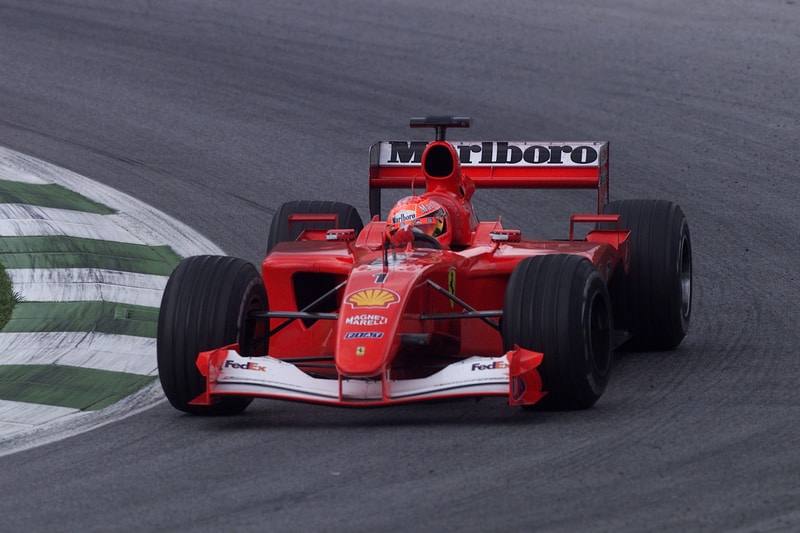
The flip side to this approach is to have more emphasis on the Friday’s. If F1 wants to have sessions on a Friday, then why not make it meaningful.
For example, the top 10 from FP2 could advance straight to Q2 whereas the final 10 cars have to participate in Q1 and battle it out to join those 10 driver to get into Q2. Something that the Australia Supercars Championship does.
A final point on qualifying is that there should be a one lap shootout. Not for the whole session like F1 had in 2003-2004 but just for Q3. The top 10 should go out one by one to set a lap in reverse order from the result of Q2.
The pressure is immense on the drivers and you get to see them on the ragged edge. They will be right on the limit and it is great for watching on TV as you will get to see everyone’s laps (also good for the sponsors) in full.
The only problem with the current knockout qualifying is that the TV director focuses on one driver and we often miss the other laps or even the pole position lap which is a huge frustration. It also elimiates the slipstream / compromised lap problems of Monza last year.
We will be able to see who is willing to take a risk and put it all on the line. With no second chances it will make things very exciting.
Example of a shootout in qualifying
Q1 – Bottom five cars eliminated (20 minutes)
Q2 – Next bottom five cars eliminated (15 minutes)
Q3 – Top 10 Shootout – cars go out one by one in reverse order. One lap only.
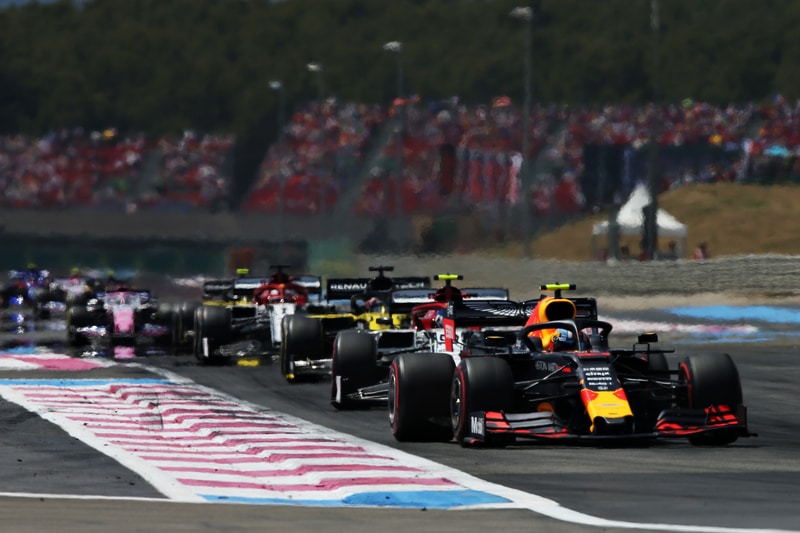
The next thing is the races. All F1 races are the same distance. Would it not be great to make one or two of the events more unique by increasing the distance or having a time limit. Ideally, this should happen at the more historic venues – Monaco, Silverstone, Spa, Monza.
Also, F1 should consider having double-headers. As mentioned above, some of the flyaway races have plenty of room on the schedule to accommodate more F1 action. Here is what I would do for ‘double-header’ events.
Double-Headers
Friday
60 minute practice session
Saturday
45 minute practice session
Straight forward 30 minute qualifying session
Grand Prix (as it is now)
Sunday
30 minute practice session
Straight forward 30 minute qualifying session
Grand Prix (as it is now)
Using the 2020 calendar, you could use this format at China, Canada, France, Japan and Brazil
Some of this sounds complicated but when put into action it is not. When discussing formats, I always like to refer to the Australia Supercars series (formally called V8 Supercars) They have got it spot on. The Supercars has seven different formats but it feels far from complicated.
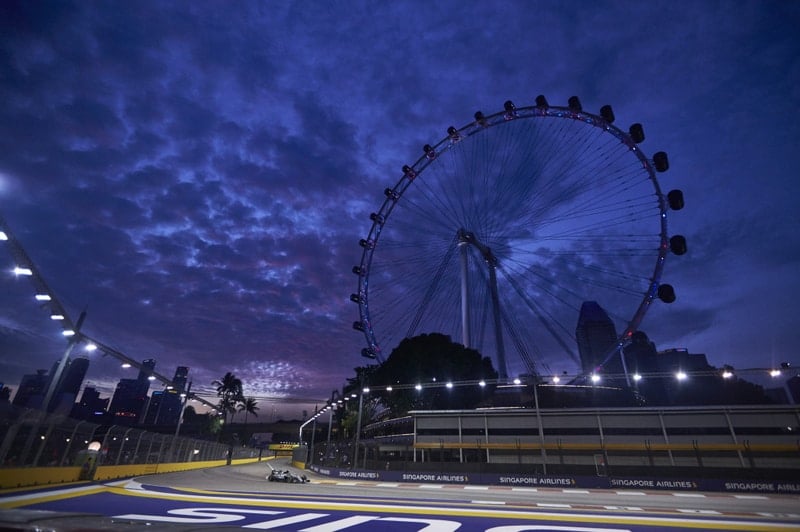
The true fans will know what type of format the weekend is, and most of the different formats are just tweaks from each other. Casual fans care much more about the entertainment and the racing, rather than the format of a race weekend.
Most motorsport series anyway have at least one unique race that stands out from the rest of the calendar. IndyCar utilises double-headers, different length races and of course has the Indy 500. The World Endurance Championship has the Le Mans 24 Hours plus Sebring 12 Hours as well as four, six and eight hour races.
Blancpain GT has the Spa 24 Hour race, British GT has different length races and even the British Touring Car Championship had a one-off ‘diamond double’ race which was double the distance of a normal race.
But, F1 has stuck to its traditions and it needs a growth mindset and needs to move on from its traditional format.
It would help out the media and TV coverage a lot by not having the same type of race every fortnight and Liberty Media love talking about ‘how they want to make each event unique’ so why not do this via the format.
At the moment, each event does not feel unique at all, unless it is a historic race or track such as Monaco, Silverstone, Spa and Monza.
Format changes are a far easier move than changing rules or car regulations. It would be a massive change but Liberty Media should not be afraid of changing the format and more importantly, not having the same format for every Grand Prix.



![Private: [ID: 71rYi-xncgM] Youtube Automatic](https://motorradio-xijqc.projectbeta.co.uk/wp-content/uploads/2024/08/private-id-71ryi-xncgm-youtube-a-1-360x203.jpg)
![Private: [ID: 1SfHxvC8Doo] Youtube Automatic](https://motorradio-xijqc.projectbeta.co.uk/wp-content/uploads/2024/07/private-id-1sfhxvc8doo-youtube-a-1.jpg)
![Private: [ID: H6XRkf6kROQ] Youtube Automatic](https://motorradio-xijqc.projectbeta.co.uk/wp-content/uploads/2024/07/private-id-h6xrkf6kroq-youtube-a-1-360x203.jpg)
![Private: [ID: Kb6w-qAmKls] Youtube Automatic](https://motorradio-xijqc.projectbeta.co.uk/wp-content/uploads/2023/12/private-id-kb6w-qamkls-youtube-a-360x203.jpg)
![Private: [ID: CcpwYw20k3k] Youtube Automatic](https://motorradio-xijqc.projectbeta.co.uk/wp-content/uploads/2024/07/private-id-ccpwyw20k3k-youtube-a-360x203.jpg)

![[ID: x1SiRC5jhW4] Youtube Automatic](https://motorradio-xijqc.projectbeta.co.uk/wp-content/uploads/2022/04/id-x1sirc5jhw4-youtube-automatic-360x203.jpg)
![[ID: lMZ8lAeLubk] Youtube Automatic](https://motorradio-xijqc.projectbeta.co.uk/wp-content/uploads/2022/04/id-lmz8laelubk-youtube-automatic-360x203.jpg)
![[ID: GAYCcnqyFo4] Youtube Automatic](https://motorradio-xijqc.projectbeta.co.uk/wp-content/uploads/2022/04/id-gayccnqyfo4-youtube-automatic-360x203.jpg)
![[ID: Gg142H296QY] Youtube Automatic](https://motorradio-xijqc.projectbeta.co.uk/wp-content/uploads/2022/04/id-gg142h296qy-youtube-automatic-360x203.jpg)

![[ID: XStdrnRLUH8] Youtube Automatic](https://motorradio-xijqc.projectbeta.co.uk/wp-content/uploads/2023/03/id-xstdrnrluh8-youtube-automatic-236x133.jpg)
![[ID: FqAtTPcdRc4] Youtube Automatic](https://motorradio-xijqc.projectbeta.co.uk/wp-content/uploads/2023/03/id-fqattpcdrc4-youtube-automatic-236x133.jpg)

![Private: [ID: PYDb727riQg] Youtube Automatic](https://motorradio-xijqc.projectbeta.co.uk/wp-content/uploads/2023/02/private-id-pydb727riqg-youtube-a-1-236x133.jpg)
